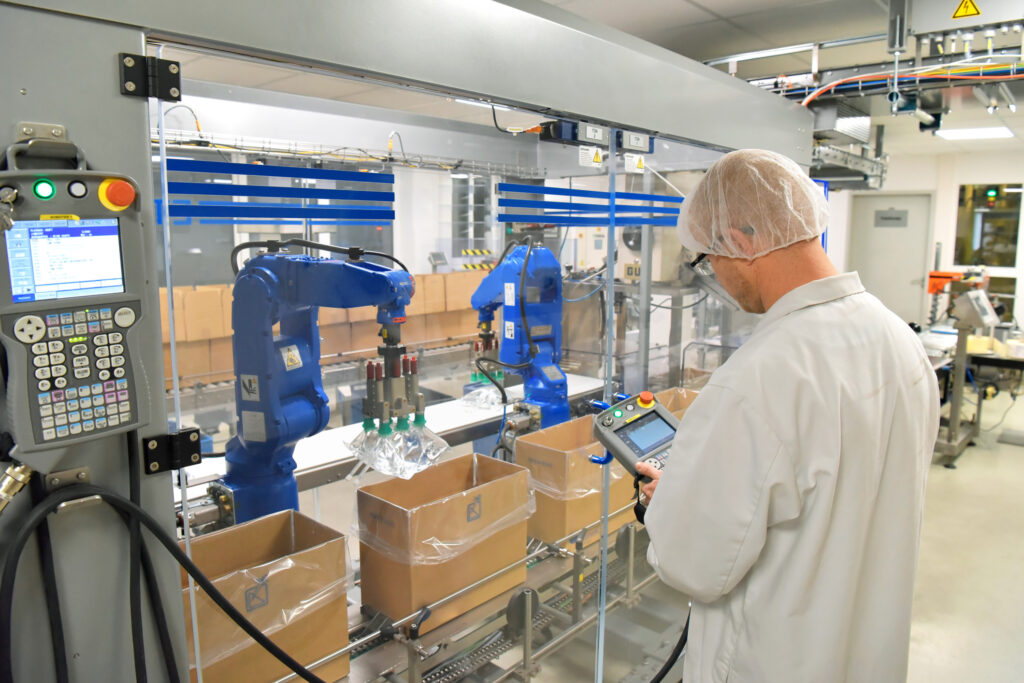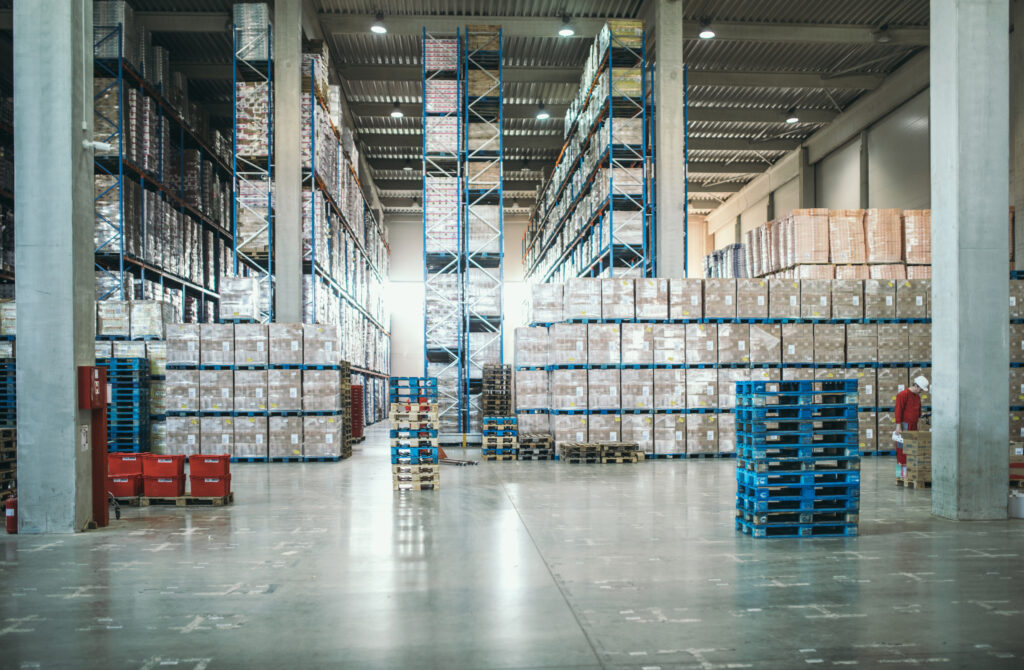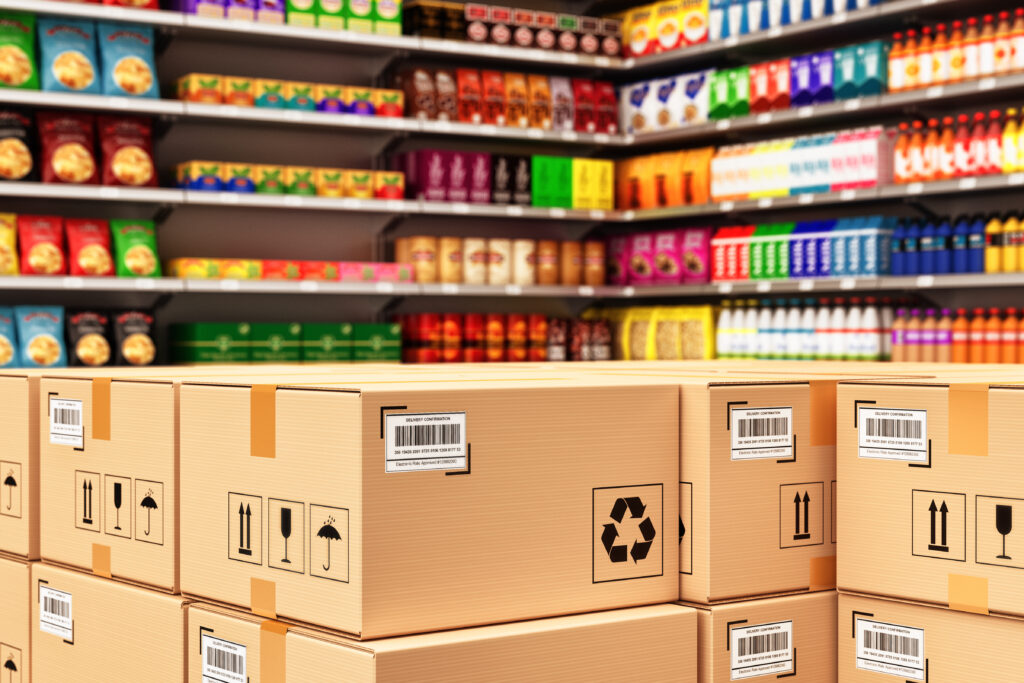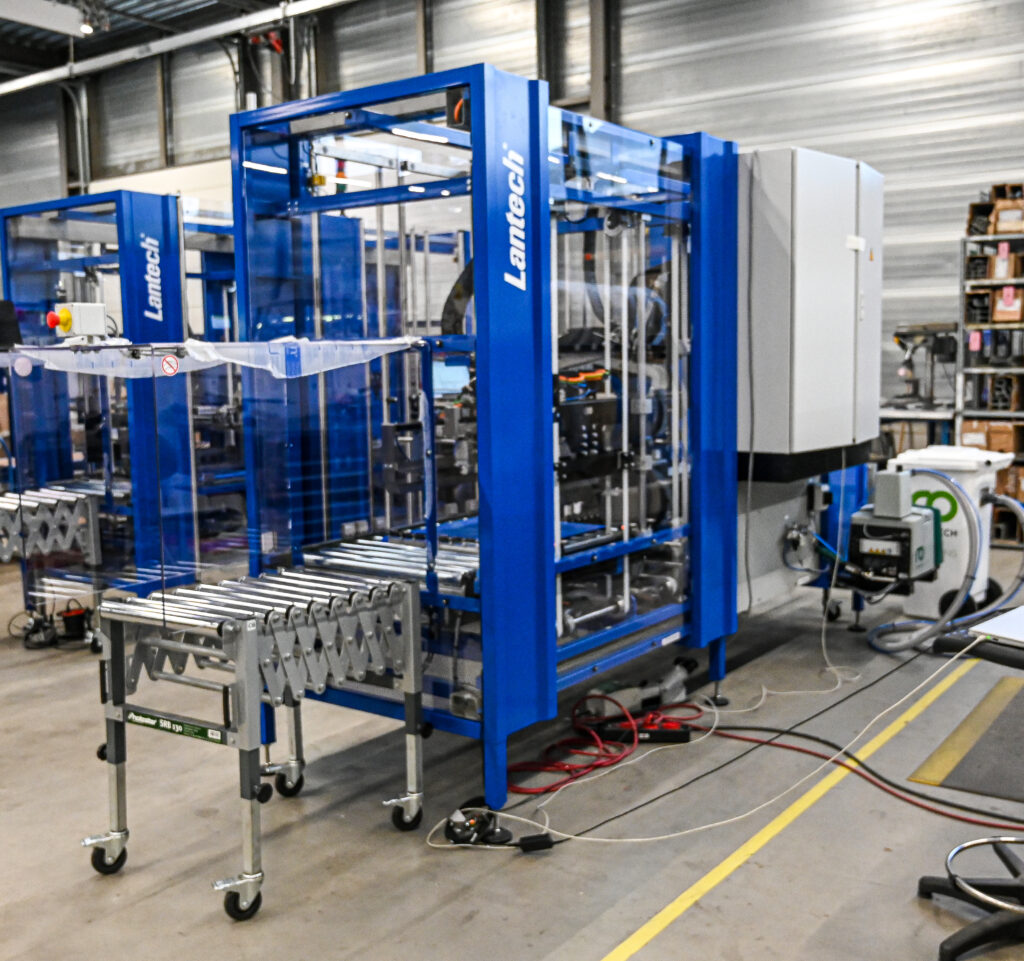In 2025, trends in food packaging are evolving due to shifting consumer expectations, heightened environmental awareness, and the growing demand for sustainable packaging. Current trends in the food packaging industry focus on reducing plastic packaging and developing eco-friendly solutions that align with both ecological standards and regulatory requirements.
Trends in Food Packaging
In 2025, food packaging trends are shaped by evolving consumer demands and technological advances in the packaging industry. For various product categories, trends include increased use of eco-friendly materials, such as biodegradable or recyclable plastics, to reduce environmental impact. For fresh and ready-to-eat foods, packaging now often includes interactive labels with product information on sourcing, nutrition, and sustainability. Additionally, foodservice packaging trends focus on resealable and portion-controlled options, appealing to health-conscious and convenience-seeking consumers.
In leading countries, distinct new trends and developments in food packaging technology are emerging. In the European Union, strict regulations drive sustainable innovations like compostable materials. Japan emphasizes minimalistic yet functional food packaging to reduce waste, aligning with cultural values of efficiency. In North America, the increasing consumer preference for digital engagement leads to packaging with QR codes and smart labels that connect users to brand stories and product origins. These trends highlight the global shift toward sustainable and consumer-focused packaging solutions such as Semi-Automatic Stretch Wrappers.
Evolving Consumer Expectations
Since the early development of food packaging, its main role was to protect and preserve products. However, as consumer awareness around environmental issues grows, expectations have evolved, driving major changes in the food packaging industry. Today, reducing single-use plastics and prioritizing eco-friendly materials are essential components of any food packaging trend.
A push for transparency has also led to innovations like QR codes on packaging, allowing customers to access detailed product information about sourcing, nutritional values, and sustainability practices. These foodservice packaging trends make interactive and eco-friendly options widely available for on-the-go consumption.
In 2025, current trends in food packaging reflect an emphasis on packaging as a marketing tool. Visually appealing packaging—through color, texture, and design—draws consumer attention, communicates brand values, and can significantly boost sales. Sustainable materials also build brand trust, particularly with environmentally-conscious consumers.
To meet evolving demands, brands focus on:
- Sustainable materials: Compostable and recyclable options to reduce waste.
- Interactive labels: QR codes offer stories on sourcing and sustainability.
- Convenient formats: Resealable packaging for responsible consumption.
These strategies allow packaging to serve both functional and marketing purposes, supporting sales by engaging customers aligned with sustainable values.
Food and Beverage Packaging Design
Food packaging industry trends have increasingly focused on design elements like color, typography, logos, and graphics, all of which play crucial roles in attracting consumer attention and reinforcing brand identity. This emphasis on design emerged as brands recognized how packaging design could influence purchasing decisions, becoming especially popular with the rise of visually-driven platforms.
Food Products
For food items, food packaging trend design varies widely based on product type, targeting freshness, visual appeal, and transparency. In categories like dairy products and snack foods, soft pastel colors and clean fonts evoke freshness and healthiness, often appealing to health-conscious consumers. Transparent elements are also popular, allowing customers to see the product inside, which promotes trust. Foodservice packaging often emphasizes bold, eye-catching logos and clear, concise product information to grab attention in busy retail environments. Additionally, minimalist designs with eco-friendly colors communicate a lower environmental impact, aligning with consumer expectations for sustainability — a growing trend in Ecommerce Packaging Machines.
Beverages
Food and drink packaging trends in the beverage sector heavily emphasize color, shape, and label aesthetics. For bottled water, minimalist designs with neutral colors and clean typography evoke purity and simplicity. Carbonated drinks, on the other hand, often use vibrant colors and dynamic fonts to convey energy. Juice packaging frequently includes illustrations of fruits or natural elements, giving a fresh, natural look. In the alcohol sector, premium design elements like embossed logos, elegant fonts, and custom bottle shapes help convey a sense of luxury and enhance shelf presence, supported by innovations in Beverage Packaging Machines.
In conclusion, large brands set design trends that smaller brands frequently emulate to attract consumer attention. By focusing on appealing packaging design elements, companies across the food packaging industry can communicate brand values, increase market share, and stay relevant in a competitive market.
Sustainability Concerns and Solutions
As consumer expectations evolve, food packaging trends are influenced not only by environmental awareness but also by legal requirements, marketing strategies, and product appearance. Many current trends in food packaging reflect the need to balance eco-friendly practices with regulatory demands and effective packaging design that maintains brand appeal.
Key issues include:
- Regulatory Standards: Diverse international laws affect packaging materials and labeling requirements, requiring brands to adapt designs for compliance.
- Shelf Appeal and Brand Identity: Legal requirements for font size, ingredient disclosure, and recyclability information impact brand presentation and packaging design.
- Product Integrity and Preservation: Packaging must maintain the freshness and appearance of perishables, which influences material choices.
- Marketing Limitations: Some regulations limit specific marketing claims or require standard icons, impacting the flexibility of brand messaging on packaging.
- Cost of Compliance: Meeting regulatory requirements across regions often increases production costs, especially for brands that must create different versions of packaging to meet local standards.
- Waste Management Regulations: Some countries mandate recycling programs or fees for non-recyclable packaging, pushing brands to reconsider materials and design.
With these regulatory pressures, brands face the challenge of creating packaging that not only complies with laws but also effectively markets the product, maintains visual appeal, and communicates key information to consumers.
Emerging Trends in Food Packaging
In recent years, food packaging industry trends have increasingly focused on sustainability, consumer engagement, and convenience. As environmental concerns grow, companies are shifting away from traditional plastic packaging in favor of sustainable packaging options, such as biodegradable and recyclable materials, to create more eco-friendly solutions. Additionally, packaging now often includes product information through QR codes or smart labels, enabling consumers to access details about sourcing, nutrition, and sustainability practices. The demand for transparency and eco-conscious materials has pushed brands in the food packaging sector to prioritize both aesthetic appeal and environmental responsibility, meeting the evolving needs of today’s consumers.
Regulatory Impact on Packaging Trends
In recent years, government regulations have significantly influenced food packaging trends, pushing companies to adopt more sustainable practices. As awareness of the environmental impact of packaging grows, many countries have introduced strict rules to limit single-use plastics and promote recyclable materials. These regulations have driven current trends in food packaging toward eco-friendly solutions, requiring companies in the food packaging industry to innovate and adapt.
Regulations now often mandate clear labeling for recyclability, encouraging transparency. Additionally, many regions require packaging to display QR codes for enhanced product information on sourcing and sustainability, meeting consumer demand for traceable, ethical choices. For example, the European Union has enacted guidelines requiring brands to reduce plastic use and adopt sustainable materials, leading to changes in packaging design and materials.
These regulatory pressures not only drive brands to rethink their materials and processes but also influence their marketing approaches. By aligning with these laws, brands improve their global
To learn more about our work in understanding the current climate for packaging processes as it relates to stretch wrapping and sustainability, read more about our Film Alternatives Project here.
FAQ
1. What are the key trends in food packaging today?
Popular trends include eco-friendly packaging, biodegradable materials, reduced plastic usage, and smart packaging with QR codes for product information.
2. How are consumer expectations changing regarding food packaging?
Modern consumers expect sustainability, convenience, material transparency, and improved product preservation.
3. What materials are becoming popular for sustainable packaging?
Paper-based packaging, bioplastics, plant fiber packaging, food-grade wax, and reusable containers are gaining traction as alternatives to traditional plastics.
4. How do new technologies influence food packaging?
Innovations include active packaging that extends shelf life, smart packaging with freshness indicators, and personalized designs via digital printing.
5. How does changing legislation affect the packaging industry?
Stricter environmental regulations push companies to reduce plastic use, implement recycling labels, and switch to certified materials.





